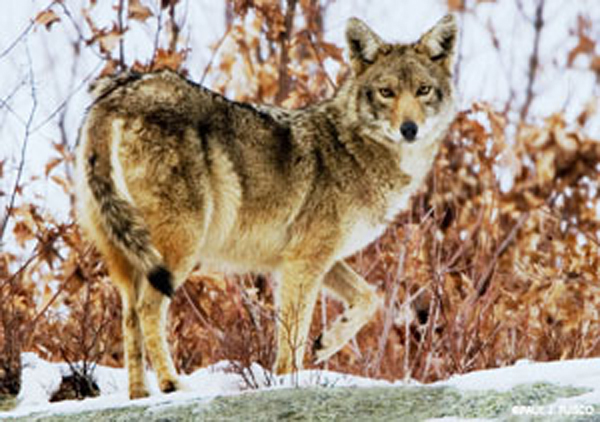Baby rhino. Do do. Do do do do. Baby rhino.
And so cute. Do do. Do do do do. So cute.
Chicago’s Lincoln Park Zoo announced the birth of the still unnamed — and unsexed — eastern black rhinoceros calf on Sunday.
The calf’s mother, 13-year-old Kapuki, took motherhood immediately, the zoo said.
After 15 months of pregnancy and a relatively quick labor, we’re excited to announce Kapuki gave birth! Kapuki’s maternal instincts kicked right in and she has been seen tending to the calf. The next big milestones will be for the calf to stand and begin to nurse. #rhinowatch pic.twitter.com/IffKhuxFN1
— Lincoln Park Zoo (@lincolnparkzoo) May 20, 2019
The zoo’s animal care and veterinary team monitored the newborn and mother via remote camera around the clock to give them some privacy.
Bonding quickly began.

It’s truly been a positive start to life.
The calf continues to surpass milestones! Animal care continues to monitor from afar as Kapuki cares for the calf. Since last night, the calf has been observed nursing several times. The first 48 hours of a calf’s life are critical and we remain cautiously optimistic. #rhinowatch pic.twitter.com/3X7JxxEoxm
— Lincoln Park Zoo (@lincolnparkzoo) May 20, 2019
The calf even took to its feet quickly.
#RhinoWatch continues with the first of many important milestones – the calf stood up last night at only 53 minutes of age! Stay tuned for updates on the milestones the calf will go through in the critical first year of its life. #rhinowatch #lincolnparkzoo #forwildlifeforall pic.twitter.com/INKDfQzJVi
— Lincoln Park Zoo (@lincolnparkzoo) May 20, 2019
Eastern black rhinos are critically endangered and are on the International Union for Conservation of Nature’s Red List of species at risk.
The species has been threatened largely by poachers who seek the animal’s horn as part of the illegal wildlife trade.
According to the IUCN, their numbers have declined by over 90 per cent in the last three generations. The populations are fragmented and shockingly small.
“In recent years numbers have increased to 594 in the major range state, Kenya, where most animals are now better protected in smaller sanctuaries where law enforcement effort can be concentrated,” the conservation group explains. “Numbers have increased to 88 in Tanzania with a further 60 in an out of range and rapidly breeding population in South Africa. Continentally there are now 740 [eastern black rhinos] making it the rarest of the three remaining black rhino subspecies.”
Which is why every new calf matters.
Want more #RhinoWatch? Our animal care staff snapped this photo of the new calf when stopping by to give Kapuki more food. Stay tuned for more updates as the calf continues to grow. #FromACurator 📸: Zoological Manager Cassy Kutilek pic.twitter.com/4L73LtpPij
— Lincoln Park Zoo (@lincolnparkzoo) May 21, 2019
Photos Lincoln Park Zoo/Facebook/Twitter




